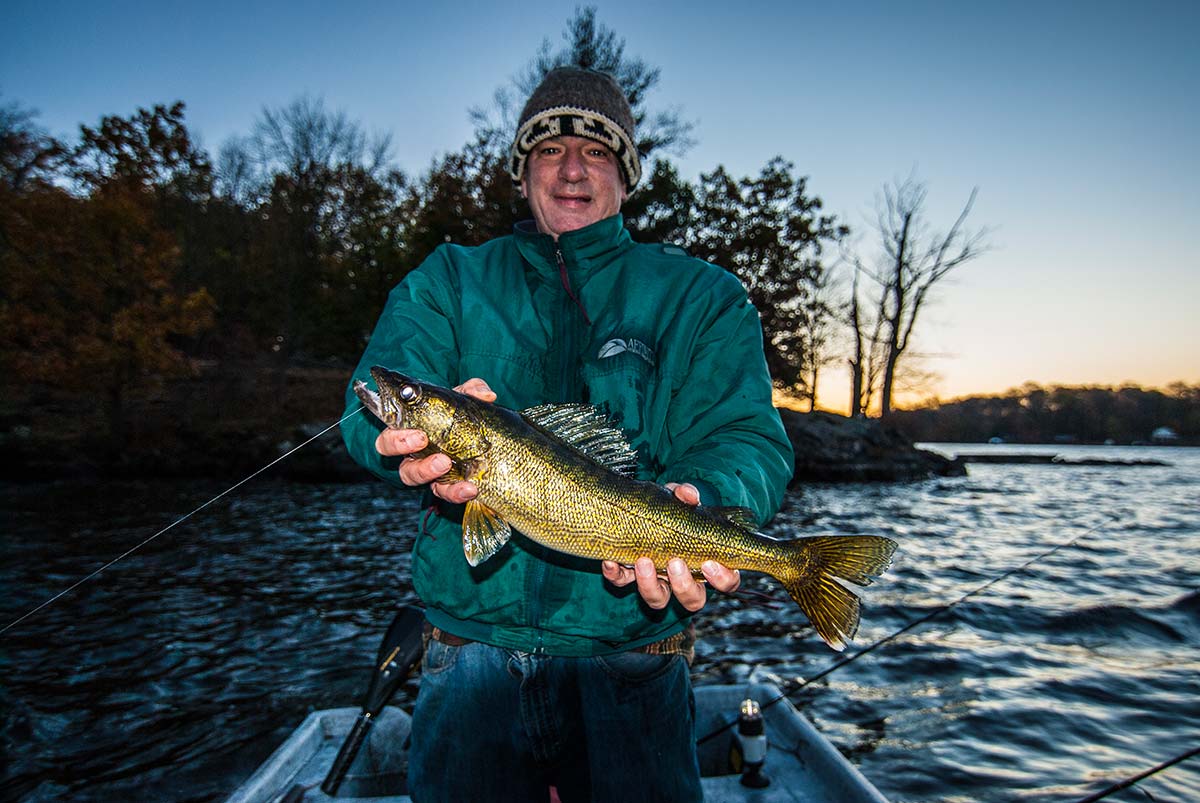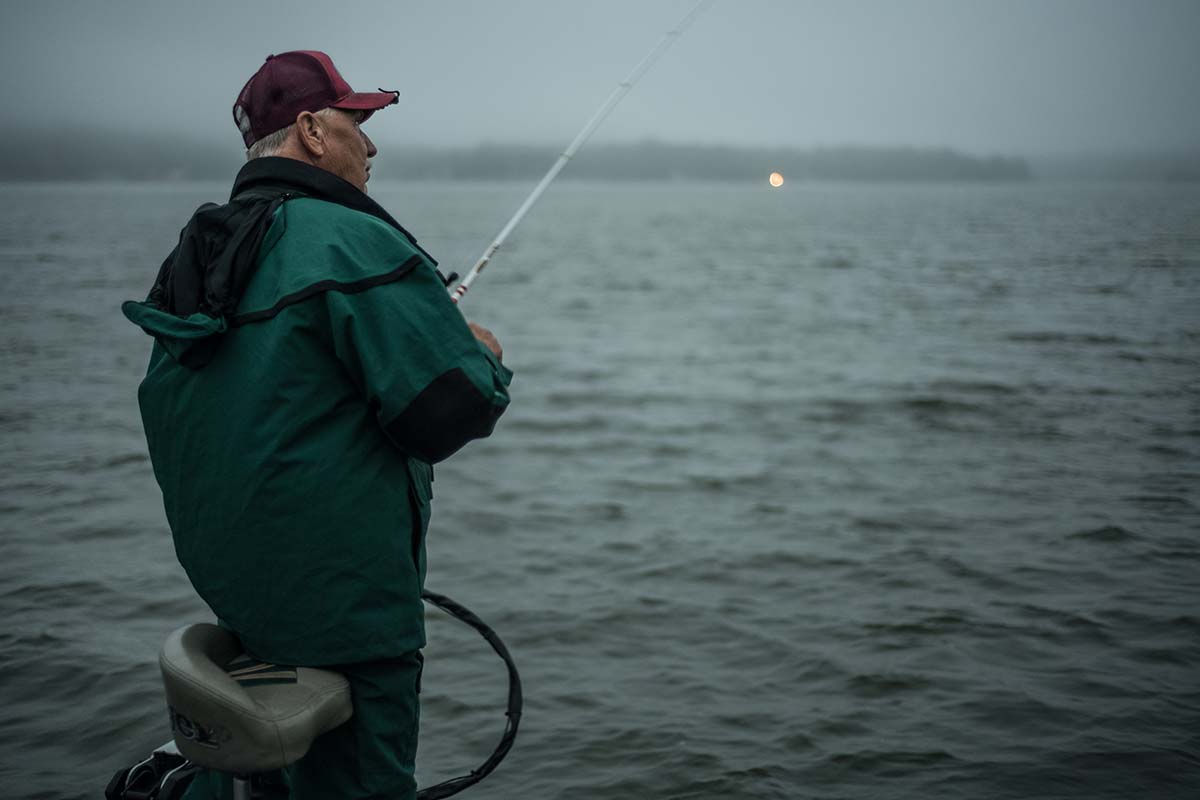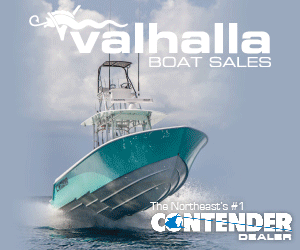
Whatever your fall targets, fall winds will play a big part in success or failure.
Fall is a windy season. If you get out on a lake this month and into October, chances are you’ll experience chop, possibly whitecaps…maybe the extreme end of the spectrum. Once late in October, my son and I went out in a 15-foot boat on a windy morning. Huge swells developed, splashing water into the boat. After hours of fishing, we rode home in soaked jeans and Woolrich shirts, coming upon multiple road closures due to blow-downs.
Had we got out of the wind? Certainly not. We were after walleyes. I had dropped my 10-pound mushroom anchor into 35 feet of water. It didn’t drag under a 100-foot rope. The boat swayed back and forth, but even though we put out weighted live herring on four lines, no monofilament got tangled. If you do set out live herring, weighted by a slip sinker, use mono or fluorocarbon, not braid, which tangles around the sinker. Set each herring well apart from another and pay attention while you wait on a take. Some who fish live herring will tell you to double anchor — not necessary.
Last year, a friend and I anchored in the blow to cast Binsky bladebaits, and long ago, another friend and I vertically jigged Gotchas and Rapala Ice Jigs, but Binskys allow cast and retrieve. That not only covers water quickly. It makes a lot more space available. Letting a Binsky settle on bottom, then retrieving it by a quick snap of the rod upward and allowing the lure to fall back to bottom, is one method. Breaking up the timing between snaps makes the retrieve interesting, but it’s easier to develop a rhythm and stick to it. That will catch walleye. But doing the unexpected during a retrieve at least on occasion might provoke an otherwise reluctant attack.

Rather than fishing bottom exclusively, take the clue from your graph. It will show you plenty of fish suspend between surface and bottom. You might think none of the marks indicate walleye, since walleye like to stage among rocks and other cover, or to at least stay deep, but in my experience, I’ve hooked plenty by retrieving a Binsky through the middle ranges of the water column.
Even some experienced anglers feel compelled to simply cast out and reel back. That’s the easiest thing to do. Relaxing while they fish takes precedence. Imparting life to a lure is, however, difficult but doable. You don’t have to fall into a regular pattern of jerking or sweeping the rod. By making the retrieve active like playing jazz, it gets, as I say, interesting. And it might get a walleyes’ attention. I’ve always felt suspicious of any retrieve that seems mechanical. A lure is a mechanism, but fish eat organisms. In my experience, the point of using a lure should involve bringing it to life.
Another kind of liveliness serves the whole point of anchoring in the blow. First – to quickly discharge a disclaimer – if you use a bow-mount electric motor, you don’t necessarily have to anchor, but managing one from the stern gets messy fast when the wind is up. Anchoring allows you to concentrate on casting. However you approach fishing in the October depths, the liveliness of commotion at the lake’s surface affects the watery environment all the way to the bottom. Even 40, 50 feet or more down. Such is the liveliness making the blow worth fishing in it.
In the experience of myself and others, the commotion seems to stimulate the activity of walleye. Everyone seems to know about the effect of a chopped surface breaking up and blocking sun rays, but wind is to your advantage whether the sky is sunny or cloudy. The lateral-line sense organs of walleye must sense heavy chop above them that serves as stimulus rather than a damper on activity. It stirs the whole aquatic environment into motion.



